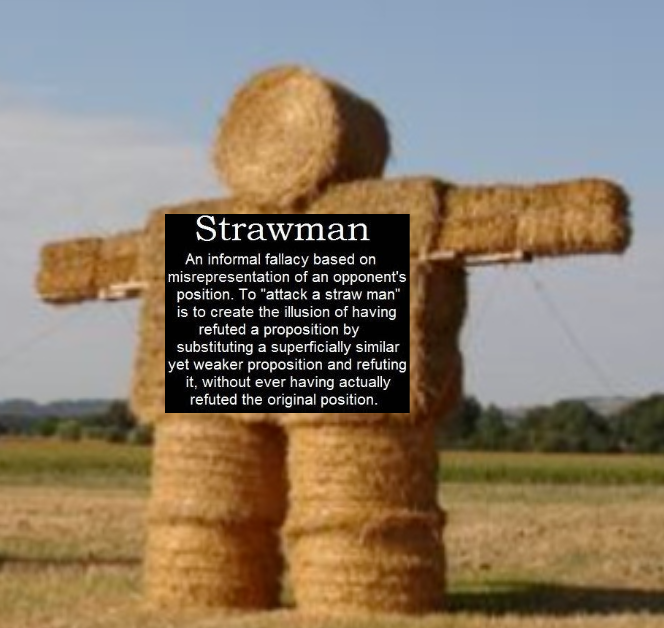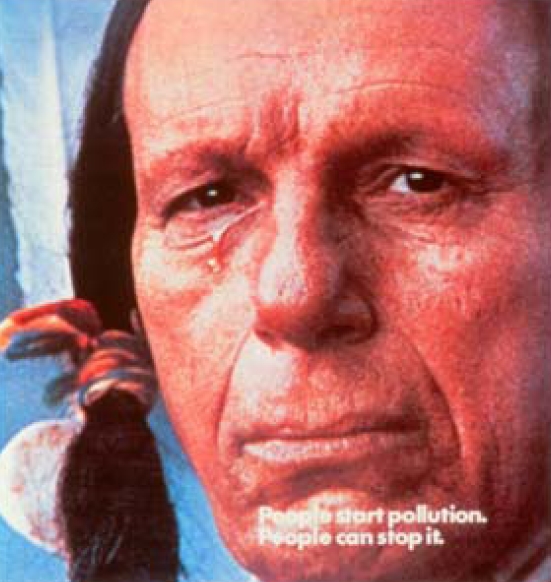Wyatt earp
Diamond Member
- Apr 21, 2012
- 69,975
- 16,396
- 2,180
...... Battery tech is still in infancy? Says who?
The first battery was made in 1800 (although some argue they made one in 250BC, read up on Baghdad Battery).
The first lithium was made in the 1970s.
I don't know how you call that infancy, when we've been pouring research into batteries for decades now.
Once again, showing you seem to know very little, and try and compensate it by speaking your ignorance boldly.
I'm all for new batteries. If something new comes up, great. But to try and base national economic policy on "something good could happen" is the thought process of a fool. Funny how a greek fable writer in 650 BC understood "don't count your chickens before they hatch", but left-wing idiots want to push national economic policy based on technology that doesn't exist yet.
Well while you were advocating sitting on our hands National economic policy was grants and tax credits for alternative energy tech like electric cars - which are now a well proven concept and a successful product that all of major manufacturers are trying to jump on. Something good already DID happen.
So why don't you just stfu already about someone being an ignorant regressive and get back to eating that shoe.
No one was 'sitting on their hands'.
umm yes, as I said, your prescription to sit on our hands when it came to national policy on electric cars was ignored.
You were really going to mandate at the time people buy these? It was after all the best technology out there.
View attachment 261893
.
...wtf?
Logic escape you? That was the technology in the 1970s for electric cars....






